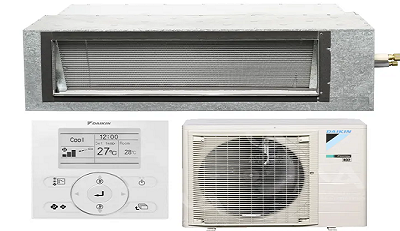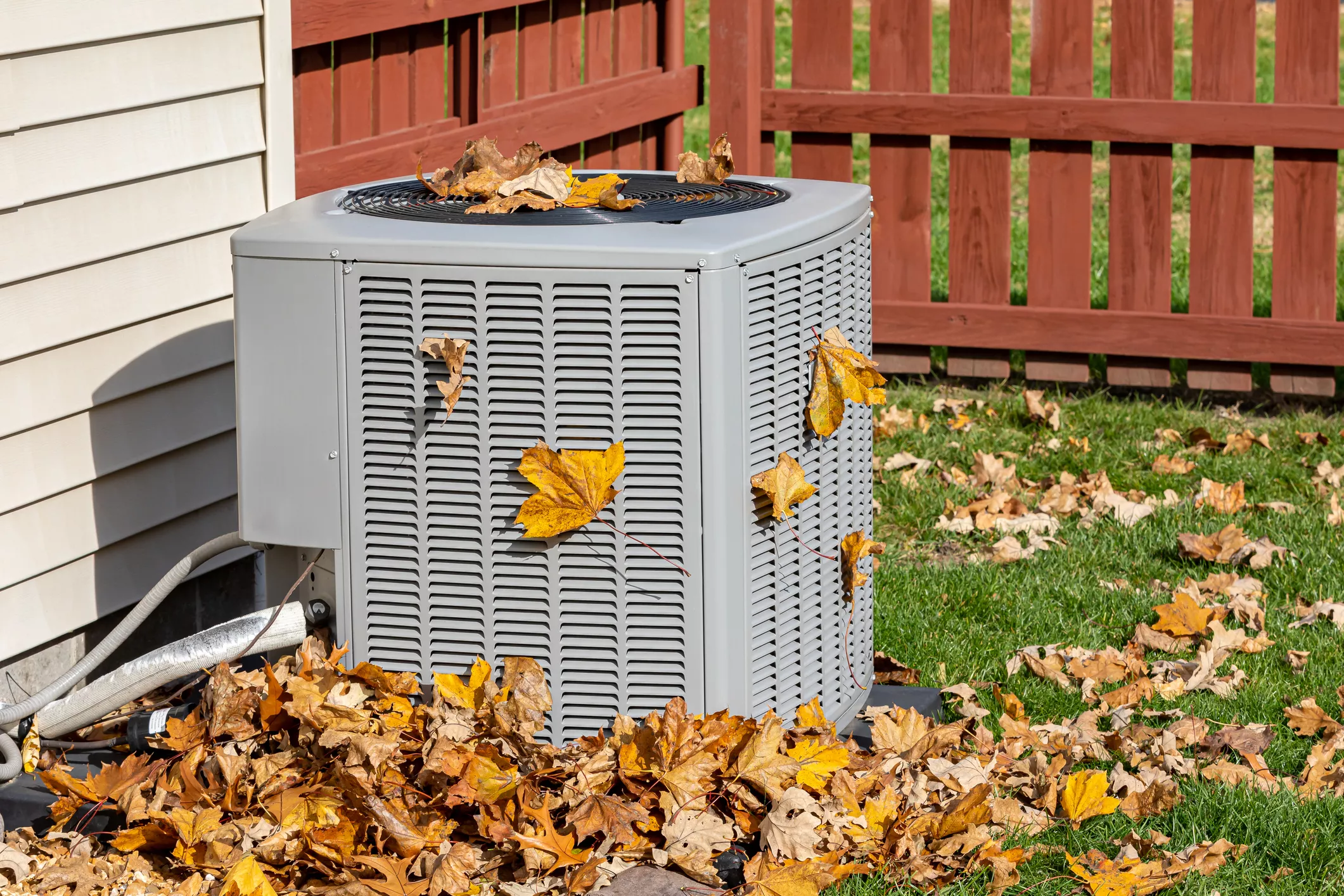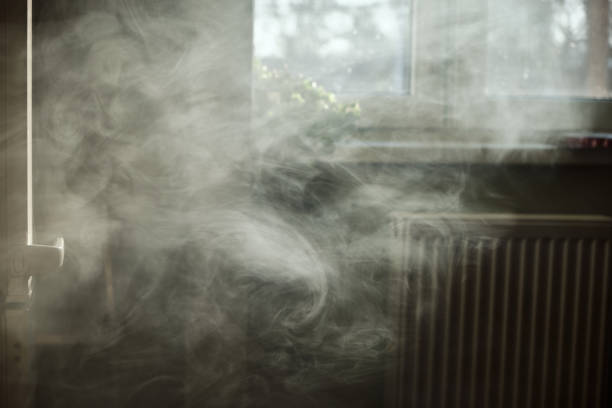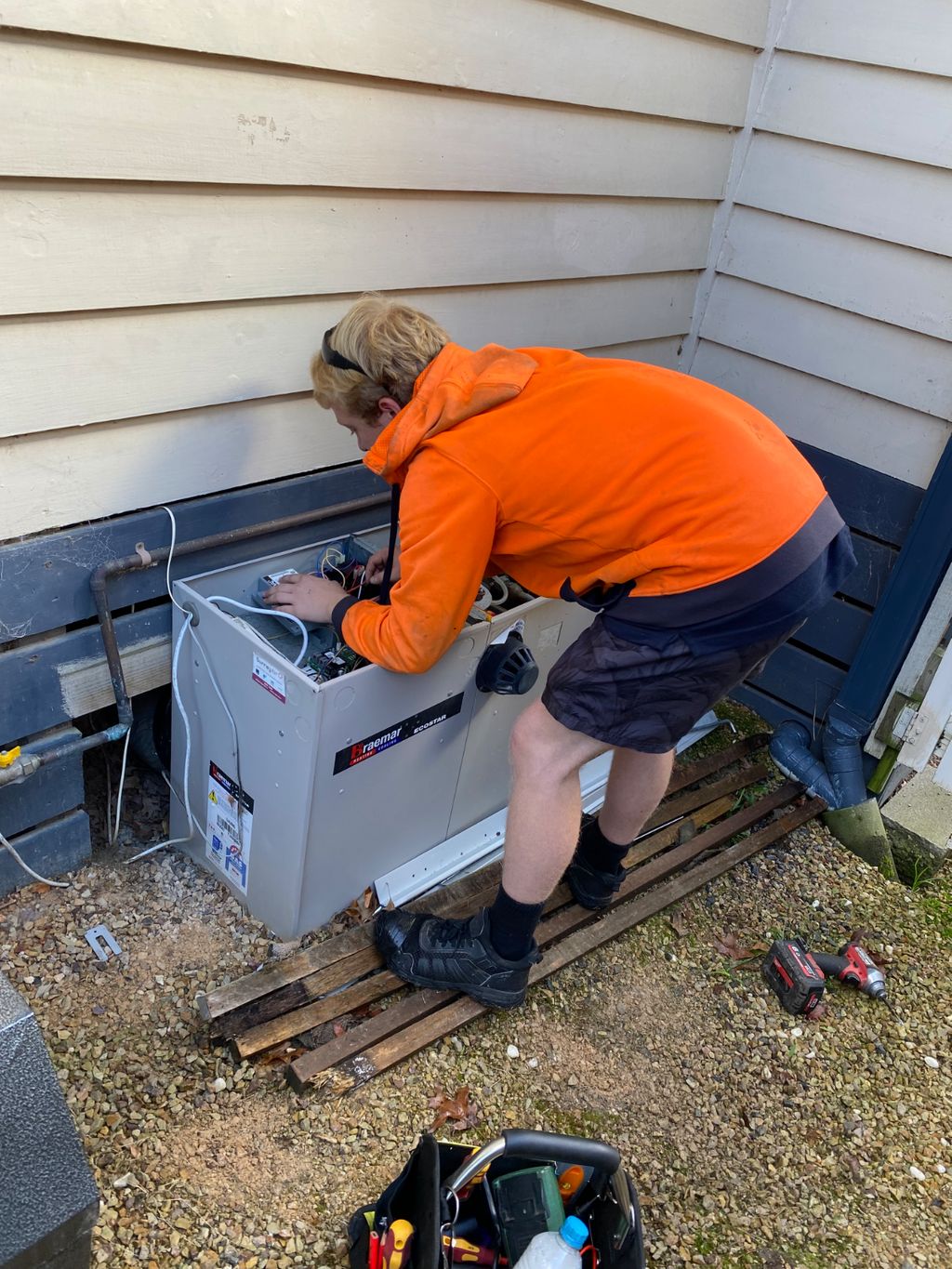Air conditioning serves as a pivotal technology to enhance indoor air quality and ensure optimal comfort levels within our living spaces. However, navigating through the plethora of terminology associated with it, such as reverse cycle, heat pump, and refrigerated air con, can often be overwhelming. This article aims to demystify one such term: reverse cycle air conditioning. So, what is reverse cycle air conditioning, and how does it function?
What Is Reverse Cycle Air Conditioning?
Are you wondering what is reverse cycle air conditioner? It refers to a sophisticated refrigeration cycle engineered to provide both cooling and heating solutions. Unlike traditional cooling systems, reverse-cycle air conditioning systems have the remarkable ability to reverse the refrigeration cycle, allowing them to deliver warmth during winter and coolness during summer. Renowned for their efficiency, adaptability, and flexibility, reverse cycle air conditioning systems offer a comprehensive solution for year-round climate control.
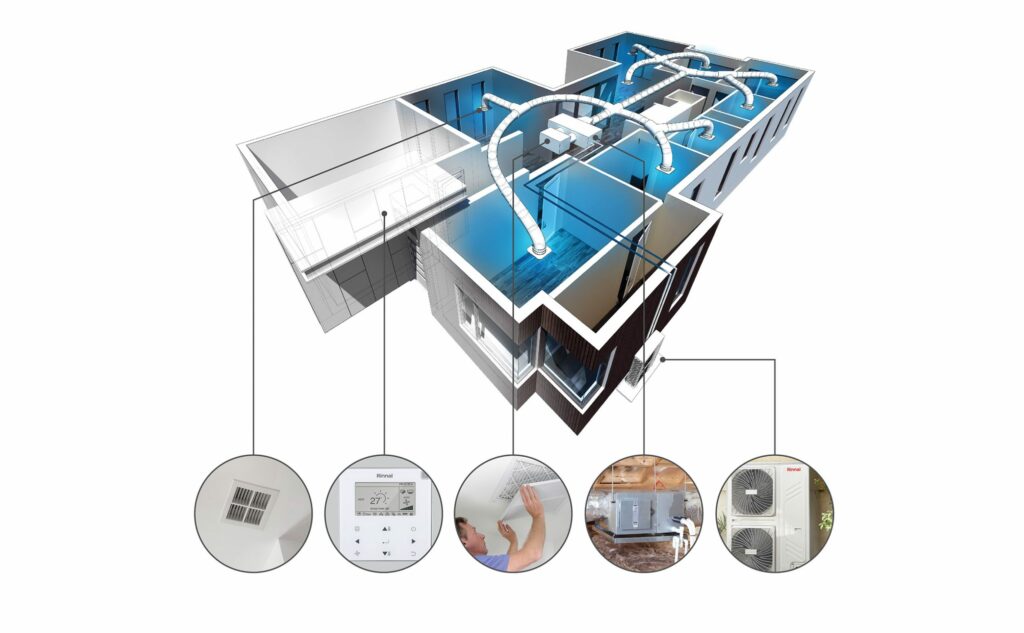
How Does Reverse Cycle Air Conditioning Work?
The Role of Heat Pumps and Refrigerant
To learn more about how does reverse cycle air conditioning works, it is essential to comprehend the pivotal roles played by heat pumps and refrigerants in the system’s operation.
Refrigerant
Central to the functionality of air conditioners, refrigerant is a specialized chemical that exhibits the unique ability to transition seamlessly between liquid and gaseous states. As it undergoes these transitions, refrigerant effectively absorbs and dissipates heat energy, facilitating the temperature regulation process.
Heat Pump
Responsible for circulating the refrigerant and facilitating its phase transitions, the heat pump comprises crucial components such as the Compressor, Condenser, Evaporator, and Restriction Device. Additionally, the Reversing Valve enables the heat pump to alter the direction of refrigerant flow, thereby determining whether the system delivers heating or cooling.
Operating Modes: Cooling and Heating
Learning what is reverse cycle air conditioning is incomplete without the operating modes. There are two types: cooling and heating and we will learn about both in detail below:
Cooling Mode
During cooling mode operation, the reverse cycle air conditioner draws in warm air from the indoor environment. The refrigerant, in its liquid state, is then introduced into the system, where it undergoes a phase transition to vaporize. As the refrigerant passes over the evaporator coil, it absorbs heat energy from the indoor air, subsequently producing cool air that is circulated back into the living space. Following this, the compressed refrigerant releases accumulated heat energy outside the premises, completing the cooling cycle.
Heating Mode
Conversely, when the system is in heating mode, the refrigerant flow direction is reversed via the valve within the heat pump. In this configuration, the liquid refrigerant absorbs heat from the external environment, even in frigid conditions. Upon vaporization and compression, the refrigerant releases the absorbed heat energy indoors, generating warm air that is distributed throughout the premises. The refrigerant then undergoes condensation and returns to its liquid state, ready to initiate the heating cycle anew. Now you have the answer to the question “How does reverse cycle air conditioning work”.
If the Refrigerant Absorbs Heat Energy From Outdoors, How Does It Work in the Middle of Winter?
Reverse-cycle air conditioners operate based on the principle of heat exchange. This principle dictates that thermal energy transfers from one object to another when a warmer object encounters a cooler one.
Consider a scenario on a bitterly cold winter night when we step outside to put out the bins. Despite the frigid breeze, it doesn’t warm us up because our bodies maintain a higher starting temperature.
However, in the case of reverse-cycle air conditioning, the refrigerant within the system is colder than the winter breeze. Consequently, it can absorb a significant amount of thermal heat energy from the surrounding air.
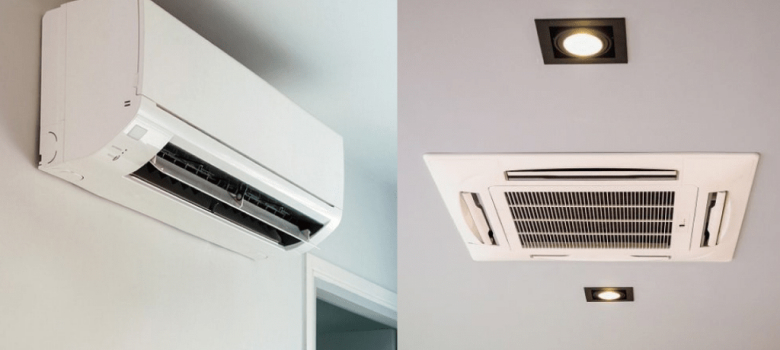
Ducted Reverse Cycle vs. Split System: Which One Should You Choose?
Now that you know what is reverse cycle air conditioning, let’s learn the difference between ducted reverse cycle and split system:
Ducted Reverse Cycle Systems:
Ducted systems are like the big leagues of air conditioning. They’re fancy but can be pricey to install. You need to put ducts and vents all over your house, which makes them better for new homes or big renovations.
With a ducted system, you get to control the temperature in every room at the same time. It’s like having one switch to rule them all!
Reverse Cycle Split Systems:
Split systems are more like the rookies. They’re easier and cheaper to set up. You just stick an indoor unit high on the wall and an outdoor unit outside. Connecting them is a piece of cake compared to putting in ducts.
But here’s the catch: split systems only cool or heat the room they’re in. So, if you’ve got a big house, you might need a few of them to keep everyone comfy.
Other Stuff to Think About:
- Looks: Ducted systems keep everything hidden, while split systems have a big indoor unit that everyone can see.
- Flexibility: Want to turn off the air con in some rooms? Ducted systems can do that with zones. With split systems, you’ll need separate units or a special setup to cool multiple rooms.
- How Long They Last: Ducted systems usually stick around longer than split systems. You might get 15 years out of a ducted system, but a split system might only last 10.
So, which one should you choose? It depends on the reverse cycle air conditioner cost, how big your house is, and whether you care about having big units on your walls. Take your time to think it over and pick the one that suits you best!
Advantages and Disadvantages
Advantages:
- Cost-Effectiveness: Modern reverse cycle air conditioning systems boast significant efficiency improvements, offering a cost-effective solution for year-round climate control.
- Air Purification: Equipped with advanced air filtration systems, reverse cycle air conditioners enhance indoor air quality by reducing dust, pollutants, and contaminants.
- Versatility: With the ability to provide both heating and cooling functionalities, reverse cycle air conditioning systems offer unparalleled versatility, making them ideal for diverse climatic conditions.
Disadvantages:
- Electricity Costs: Despite their efficiency, reverse-cycle air conditioner costs may lead to increased electricity expenses, particularly in regions with high energy tariffs.
- Dependency on Power: In the event of a power outage, reverse cycle air conditioning systems cease to function, potentially compromising indoor comfort levels.
Conclusion
To sum it up, now you know what is reverse cycle air conditioner and how it works. It represents a pinnacle of technological innovation in climate control, offering an efficient, versatile, and cost-effective solution for maintaining optimal indoor comfort throughout the year. Despite some inherent drawbacks, the numerous advantages make reverse cycle air conditioning the preferred choice for discerning homeowners seeking reliable temperature regulation solutions.

